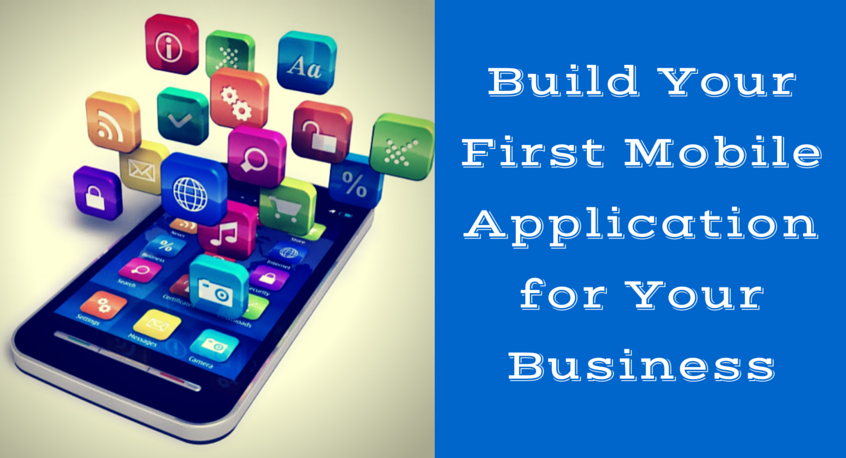Most organizations depend upon innovative mobile applications to boost their businesses. With mobile devices spreading rapidly to all sections of society, mobile applications have become the media of choice for brands to reach out to an ever-expanding consumer base. While making the first mobile app to launch your business’ online presence may seem an onerous task, it is by no means impossible. Here’s a few simple steps on how to kickstart the process.
1. Define the problem statement
Before proceeding to create a mobile application, it is vital to define the nature of the application to be created. The aims of the mobile application to be created, the customer base, and its intended usage frequency all need to be planned carefully as it would determine the operating system chosen, and the tools to do the job.
2. List the Functional Requirements
Once the problem addressed by the app is conceptualized, it is time to decide the functionalities provided by the app to solve those problems. The functionalities need to be made as modular as possible to avoid unnecessary overlapping and be independent of each other. The functional requirements also need to ensure that they have a direct mapping to the business requirements and that nothing trivial or superfluous is designed.
3. Craft the Core functionality flow
Once the requirements are finalized, it is time to create a flowchart of the core functions of the system. This can take the form of a decision tree or some sort of user journey mind map which can decide how the functionalities will be presented to the user and their ultimate end result.
4. Optimize app features
The creation of an app is an iterative process, it is through constant tuning that the futures are refined enough to allow the app to be released in an optimum form to the market. It is now time to refine the existing features and make sure that only those absolutely essential to business requirements are incorporated into the app.
5. Finalize Design Decisions
Once the app features have been refined enough to be suitable for market release, the design of the app architecture needs to be finalized to get the application ready for development. Considerations like time, cost and efficiency are all in the play as the optimum architecture is chosen. Ideally the architecture must allow a mix of scalability along with some degree of inflexible security measures to protect the app from malicious users.
6. Hire a development partner
It is usually advisable to hire a trusted development partner with proven experience in mobile application development for business. Be sure to check the developer’s ratings on popular sites and recommendations from well-known clients before engaging them in development.
7. Create Developer Accounts
A developer account is essential to launch a mobile app commercially. Google and Apple charge different rates for developer accounts on their platforms.
8. Analytics integration
Data analysis has become a key component of any organization’s digital portfolio. Care must be taken that the application is equipped with a robust data analysis suite to understand customer needs and act accordingly.
9. Improve app based on feedback
Several rounds of UAT and Beta-testing must be conducted to get constructive feedback on the application’s features and performance before the application is released. This is vital to ensure that a broad user base consisting of all the user archetypes are satisfied with the app.
10. Incorporate upgraded features
Once the user feedback has been consolidated, the features need to be reworked accordingly and the upgrades incorporated into the final application before deployment into production.
A Final Word
Chapter247 Infotech provides a one-stop solution for all your requirements for customized mobile application development for business. Our skilled team of specialist mobile application developers are proficient in mobile application development. Utilizing both Native app development techniques for both Android and iOS platforms, we also specialize in cross-platform application development using Xamarin and React Native and has been among the Top Blackberry Android Developers for several industry domains.
Our client-centric approach helps you create a solid start to your mobility journey and optimize your Return on Investment.
For high-performance mobile application development, please contact us.








